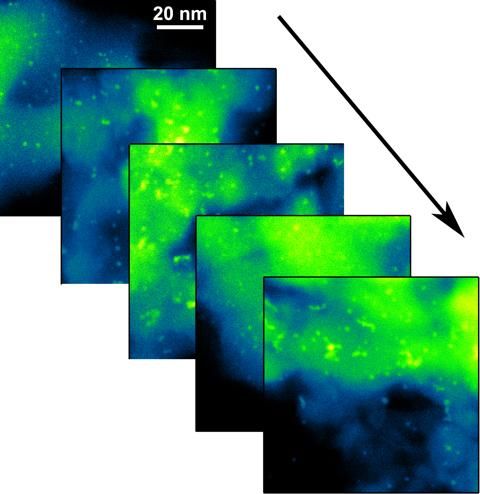Making stresses in plastics and components visible
Research team led by TU Chemnitz develops dyes that continuously indicate stresses and their strength in plastics and components by changing colour
A research team led by Prof. Dr. Michael Sommer, holder of the Professorship of polymer chemistry at Chemnitz University of Technology, and PD Dr. Michael Walter, project leader at the Cluster of Excellence Living, Adaptive and Energy-autonomous Materials Systems (livMatS) at Albert Ludwig University Freiburg, has succeeded in constructing a new dye molecule from the field of so-called "mechanophores".
Thanks to this molecule, component stresses can be continuously indicated by colour changes depending on their strength. The concept of such dyes is not new, but previous mechanophores could usually only indicate the presence or absence of stresses in plastics. Current research now adds the dimension of the actual strength of the stress. This brings great advantages wherever it is important to have an overview of the stress and thus the integrity of the material at all times. The research team is now one step closer to developing this effective form of damage analysis and bringing it to practical application.
The results of the study have been published in Nature Communications.

The dye developed by TU Chemnitz and the Cluster of Excellence Living, Adaptive and Energy-autonomous Materials Systems (livMatS) at Albert Ludwigs University Freiburg indicates stresses and their strength in plastics and components. Whether this works was investigated in mechanical experiments using a test body with a force spring.
TU Chemnitz Pressestelle
Molecular "feather" shows the strength of the stress in terms of colour
As the researchers report in their publication, by combining a molecularly designed dye with a suitable and, above all, non-brittle plastic, macroscopic forces can now be transferred to the molecular scale. These acting forces can be, for example, external pressure or tension.
The dye molecule thus "feels" the force acting within the plastic and continues to indicate changes in force by changes in coloration. If the force on the plastic decreases, the dye molecule returns to its original state. This is why this dye is called a "molecular spring" - it stretches and then "springs" back to its original state.
Compared to existing molecular switches, which can indicate forces in plastics by changing color, the advantages here clearly lie in the stepless mapping of forces of different sizes as well as the spring-like behavior of the molecule, which can thus be used again and again.
Better mechanical properties - better understanding and applying damping
"This is a big step towards directly visualizing external stresses and residual stresses of plastics with simple analytics, which can be of great benefit for the further development of materials with improved mechanical properties or in the field of 3D printing," summarizes Prof. Dr. Michael Sommer.
But it could also make it easier to research the damping properties of special materials and also natural systems: For example, there are large and heavy fruits that fall from trees from great heights, but survive the fall undamaged. Nature serves as a model here and molecular springs could help to better understand and imitate such systems.
Future efforts will therefore focus on adapting molecular force springs for use in different plastics. This will require cooperation with other research groups and the use of computer-aided methods.
Note: This article has been translated using a computer system without human intervention. LUMITOS offers these automatic translations to present a wider range of current news. Since this article has been translated with automatic translation, it is possible that it contains errors in vocabulary, syntax or grammar. The original article in German can be found here.
Original publication
Other news from the department science

Get the analytics and lab tech industry in your inbox
By submitting this form you agree that LUMITOS AG will send you the newsletter(s) selected above by email. Your data will not be passed on to third parties. Your data will be stored and processed in accordance with our data protection regulations. LUMITOS may contact you by email for the purpose of advertising or market and opinion surveys. You can revoke your consent at any time without giving reasons to LUMITOS AG, Ernst-Augustin-Str. 2, 12489 Berlin, Germany or by e-mail at revoke@lumitos.com with effect for the future. In addition, each email contains a link to unsubscribe from the corresponding newsletter.
Most read news
More news from our other portals
Last viewed contents
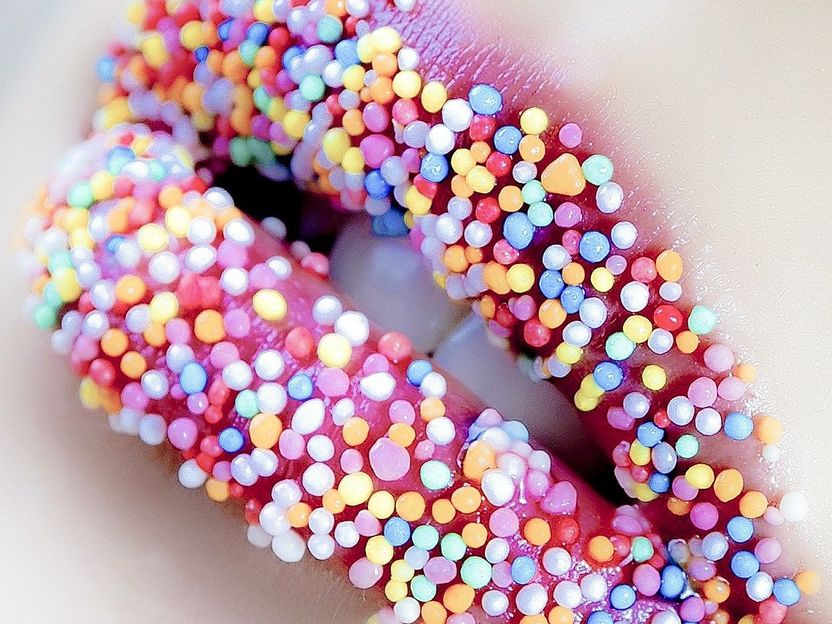
Herpes virus decoded using new methods - A comprehensive systems biological analysis of the herpes virus genome has caused some surprises

Physicists propose a new method for monitoring nuclear waste - Scenarios for using neutrino detectors in nuclear interim storage facilities
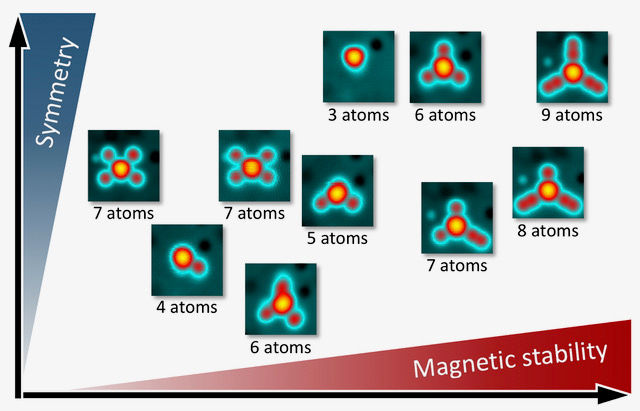
Nano Puzzle for More Stable Data Storage
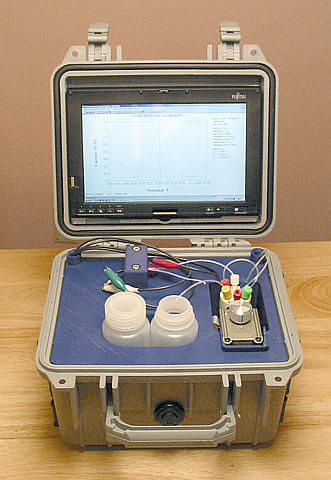
New sensor system improves detection of lead, heavy metals - PNNL develops inexpensive portable detection system for rapid, accurate analysis of toxic metals
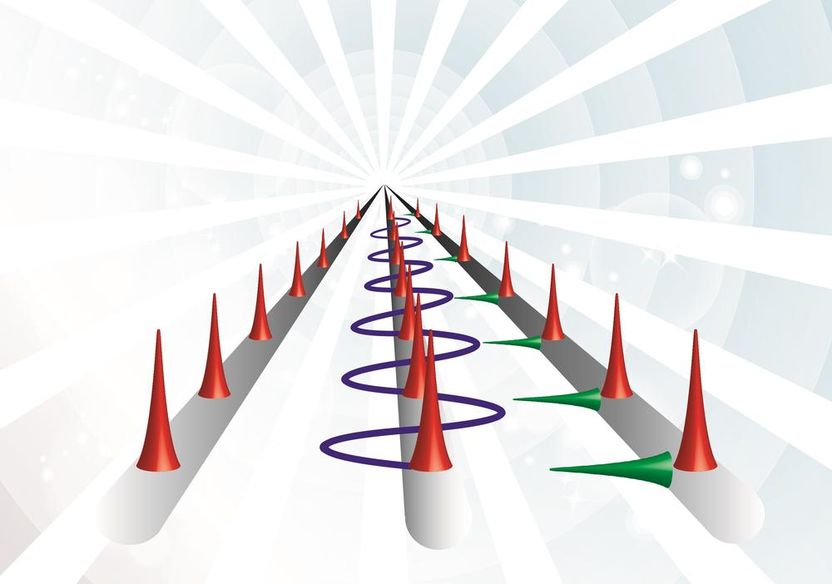
Laser metronome achieves record synchronization - First attosecond timing in a kilometre-wide laser-microwave network
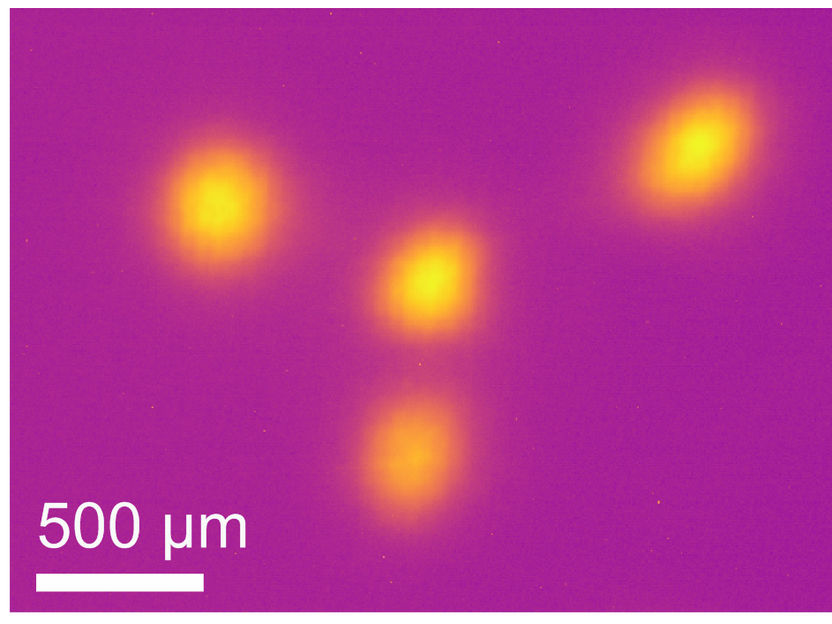
Ultra-fast switching of helicity of circularly polarized light pulses - The ultra-fast change of light helicity is particularly interesting to observe processes in magnetic materials
New X-ray procedure offers insights into iridium compounds for practical applications - Exotic properties
